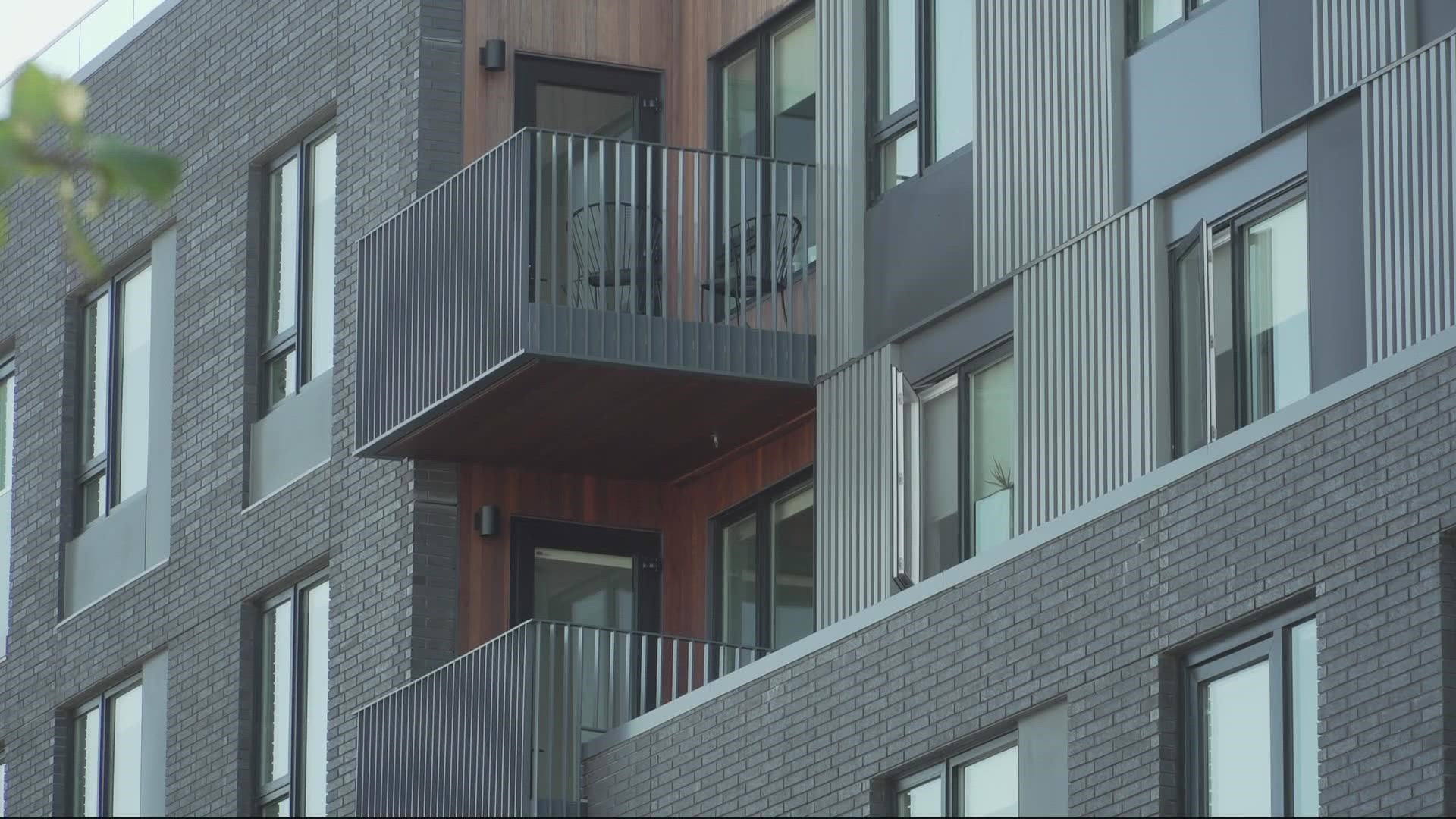PORTLAND, Ore. — There are many perks when it comes to living in Portland. Many will argue access to housing is not one of them. People in city government are well aware of that.
"Newer homes are larger, more expensive and out of reach of most Portlanders," said Morgan Tracy, project manager for the Residential Infill Project, or RIP for short.
The first phase of the project came to fruition in August 2020 when Portland City Council passed an ordinance allowing for more middle housing in the Rose City's residential neighborhoods.
"RIP1 looked at opening up what were formally exclusively single-dwelling zones and allowing things like duplexes, triplexes and fourplexes while also controlling the size of those structures," Tracy said.
Just last week, city commissioners signed off on RIP2. This allows developers to build even higher-density housing in single-dwelling zones in Portland. This includes multi-family units in a single structure, townhomes and cottage clusters.
"Cottage clusters are multiple detached, smaller units built around or oriented toward a common green space," Tracy said.
This translates to more housing and home ownership opportunities for more people. Portland Mayor Ted Wheeler calls it the exact right strategy to pursue as a community.
"At first blush, this can look like dry land use policy, but it'll actually shape the direction, the physical direction of this city for decades to come," Wheeler said.
There will be critics who say high-density housing in areas zoned for single-family homes is not the answer to our housing crisis. Tracy encourages those critics to pause before passing judgement.
"It'll happen incrementally and over time. It won't be a wave of instant change," he said. "It'll happen as those sites become available."
The emergency ordinance goes into effect July 1.
The city's Bureau of Development Services is hosting a RIP2 Lunch and Learn presentation June 16 to further explain the code changes.

